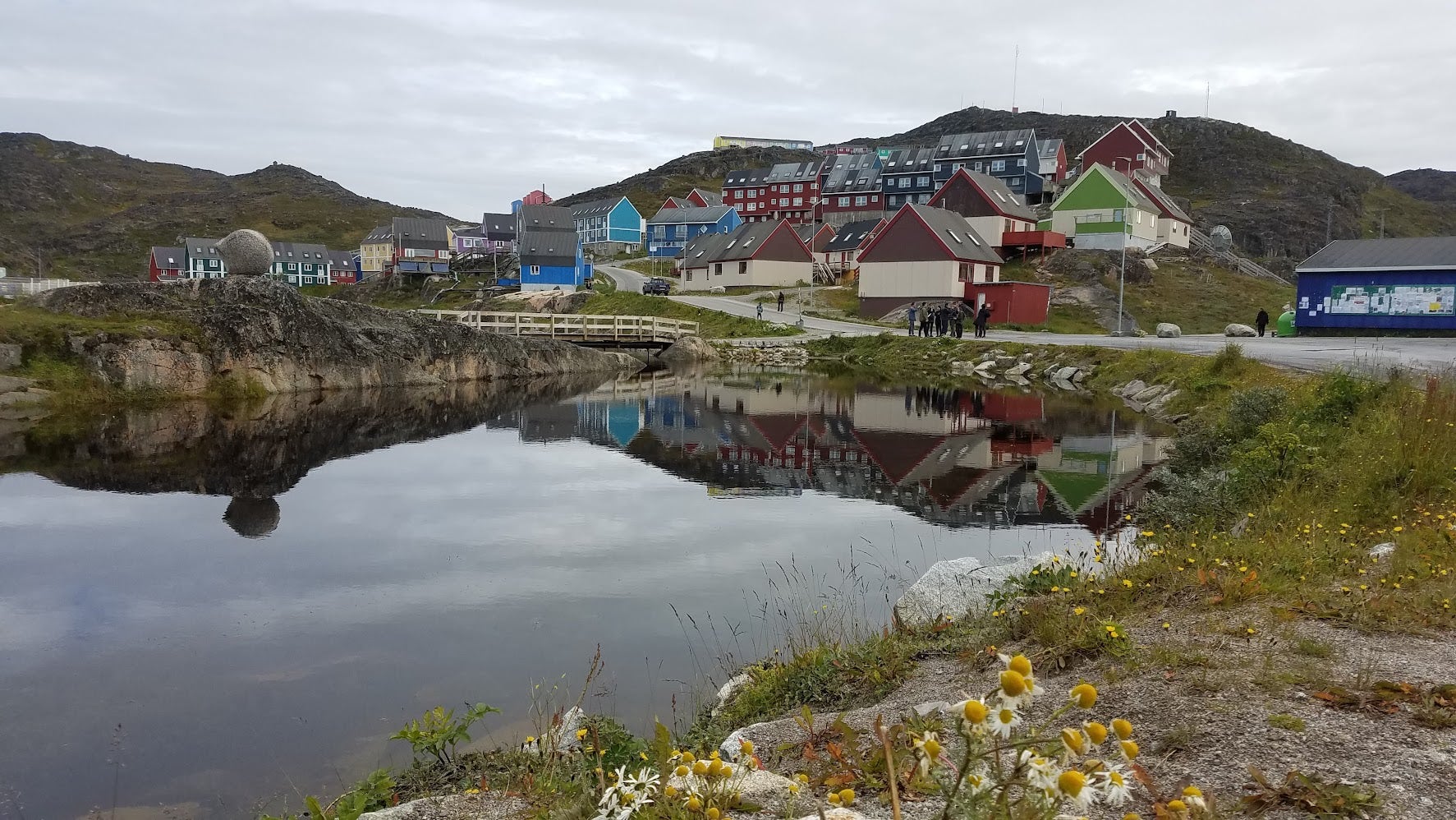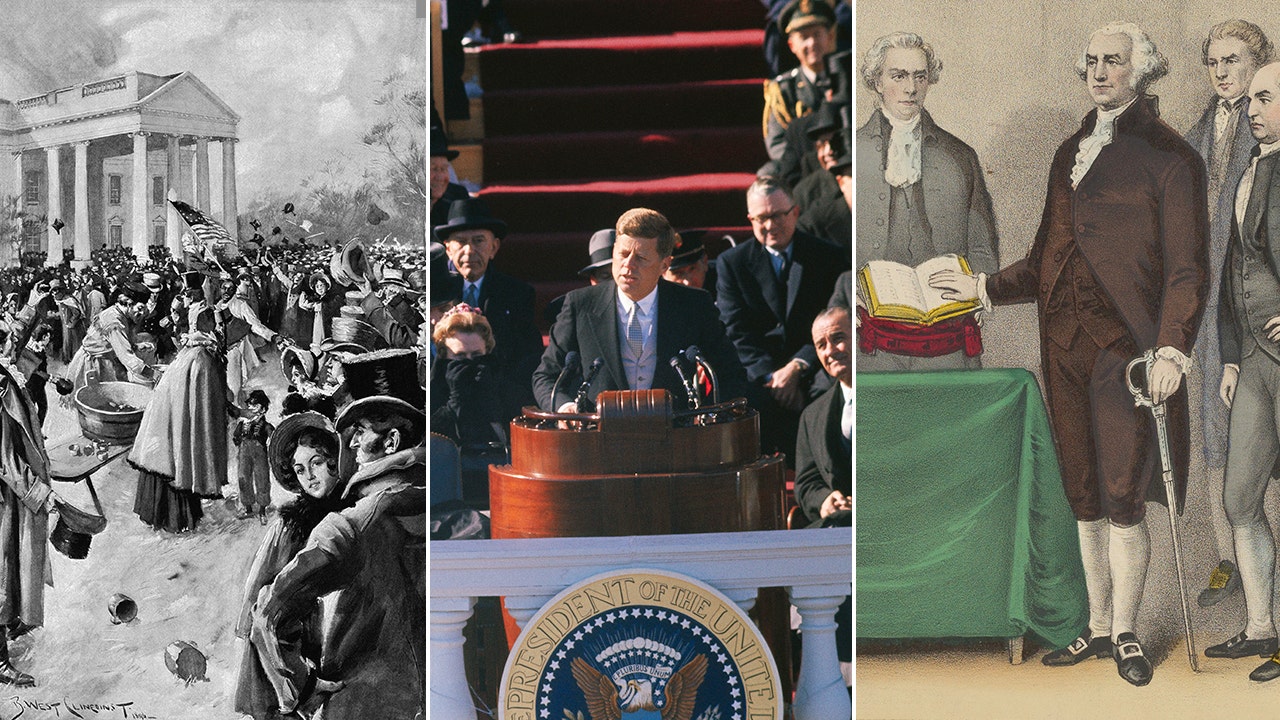A key public-sector union and some Democratic state lawmakers are calling on Gov. Mike Dunleavy to release the results of a million-dollar study on how competitive the state’s salaries are. The study was originally due last summer — and lawmakers say that delays will complicate efforts to write the state budget.
It’s no secret that the state of Alaska has struggled to recruit and retain qualified staff for state jobs. An average of 16% of state positions remain unfilled as of November, according to figures obtained by the Anchorage Daily News. That’s about twice the vacancy rate generally thought of as healthy, according to legislative budget analysts.
“The solution, it’s not rocket science,” said Heidi Drygas, the executive director of the union representing a majority of rank-and-file state of Alaska employees, the Alaska State Employees Association/American Federation of State, County and Municipal Employees Local 52. “We have to pay people fairly, and we’re underpaying our state workers right now.”
Drygas says the large number of open jobs has hobbled state services. At one point, half of the state’s payroll processing jobs were unfilled, leading to late and incorrect paychecks for state employees.
“This is a problem that has been plaguing state government for years, and it is only getting worse,” she said.
Alaskans are feeling the effects, said Sen. Bill Wielechowski, D-Anchorage.
“We’ve been unable to fill prosecutor jobs. We’ve been unable to fill snowplow operator jobs, teaching jobs, of course, on the local level, clerk jobs for the courts, which backs up our court system, and so on and so forth,” Wielechowski said.
So, in 2023, the Legislature put $1 million in the state budget to fund a study looking to determine whether the state’s salaries were adequate. The results were supposed to come in last June.
Wielechowski said he’s been hearing from constituents looking for the study’s findings. He’s asked the Department of Administration to release the study. And so far, he said, he still hasn’t seen it.
“This has just dragged on, and on, and on, and now we’re seven months later, and we still have nothing,” he said. “They’re refusing to release any documents at all, and that’s very troubling, because this is a critical topic that we need before we go ahead and go into session.”
Dunleavy’s deputy chief of staff emailed the heads of state agencies in early December with an update: The study wasn’t done yet. The governor’s office had reviewed drafts of the study and found them lacking.
They sent the contractor back to the drawing board to incorporate more data: salaries from “additional peer/comparable jurisdictions”, plus recent collective bargaining agreements and a bill that raised some state salaries that passed last spring.
“Potential changes to the State’s classification and pay plans informed by the final study report could substantially impact the State’s budget, and additional due diligence is necessary, especially as we look at the State’s revenue projections,” Deputy Chief of Staff Rachel Bylsma wrote to Dunleavy’s Cabinet on Dec. 6.
Though the final study has not been completed, blogger Dermot Cole filed a public records request for any drafts of the study received to date. But state officials have thus far declined to release them, saying they’re exempt from disclosure requirements under Alaska law.
“The most recent salary study draft records the state received have been withheld under the Alaska Public Records Act based on executive and deliberative process privileges,” Guy Bell, a special project assistant in the governor’s office who deals with records requests, said in an email to Alaska Public Media. “Any prior drafts that may have been provided are superseded by the most recent drafts, so they no longer meet the definition of a public record.”
To Wielechowski, that’s absurd.
“It’s laughable. It’s wild,” he said. “That’s not how the process works.”
The deliberative process privilege under state law protects some, but not all, documents related to internal decision-making in the executive branch, according to a 1992 opinion from the state attorney general’s office. It’s intended to allow advisors to offer their candid recommendations, according to the opinion.
“The deliberative process privilege extends to communications made in the process of policy-making,” and courts have applied the privilege to “predecisional” and “deliberative” documents, Assistant Attorneys General Jim Cantor and Nancy Meade wrote. However, “courts have held that factual observations and final expressions of policy are not privileged,” they continued.
Lawmakers are about to get to work on the state budget, and Wielechowski said it’s hard to do that without a sense of how, if at all, state salaries should be adjusted.
“Nobody knows how it’s going to turn out,” he said. “Maybe salaries are high. But it will certainly give us an indication of whether or not this is something we should be looking at as a Legislature.”
Wielechowski sent a letter to the agency handling the study in December asking for any of the drafts that the contractor has handed in so far. He said he’s concerned that the Dunleavy administration may be trying to manipulate the study’s conclusions.
“We didn’t fund a million dollars to get some politically massaged study,” he said.
“We funded a million dollars so that we could get an objective organization (to) go ahead and look at this problem and to tell us what the numbers look like to tell us how competitive we are.”
An ally of the governor, Sen. Mike Shower, R-Wasillia, said he, too, would like to see the results — but he said he sees the value in waiting to see the whole picture.
“I think that in this particular case, it is important that the administration, or even the legislature or the judicial branch, all of which commission studies, ensure that they are appropriately finished (and) vetted,” Shower said. “Sometimes you don’t get back everything you were looking for.”
Though he’s the incoming Senate minority leader, Shower emphasized that he was speaking only for himself. He said the caucus hasn’t discussed it as a group.
But majority-caucus lawmakers say they’re not interested in waiting. Incoming House State Affairs Committee chair Ashley Carrick, D-Fairbanks, said she plans to take a look at the issue as the session begins.
“I think that there are a lot of questions that are unanswered, and we will be spending the first week of the House State Affairs Committee, in part, addressing the lack of a response from the Department of Administration,” she said.
Drygas, the union leader, sent a letter to her membership on Wednesday asking them to sign a petition calling for the state to release the draft study. It quickly amassed more than a thousand signatures. She said the union is “eagerly awaiting the results,” which she said would provide helpful background for contract negotiations.
“Our membership is fired up,” she said. “We’re not going to just let this go.”
:quality(70)/cloudfront-us-east-1.images.arcpublishing.com/adn/S27L37N6TNHDTNVQMR7QWCLLWY.jpg)
:quality(70)/cloudfront-us-east-1.images.arcpublishing.com/adn/XV2X6HBA6BBKBAWTRQAZTYLMQU.JPG)
:quality(70)/cloudfront-us-east-1.images.arcpublishing.com/adn/U47KAUS27FEIHHFEFE4GRGOPSU.JPG)
:quality(70)/cloudfront-us-east-1.images.arcpublishing.com/adn/G3O7CHRWQZHA7J44HYGTZJNF3Y.JPG)
:quality(70)/cloudfront-us-east-1.images.arcpublishing.com/adn/Q2BWRQCYOBH5ZFN5674KREXLEU.JPG)
:quality(70)/cloudfront-us-east-1.images.arcpublishing.com/adn/LEQSB6GMQVCSHDHM3QN5PUYQGM.jpg)
:quality(70)/cloudfront-us-east-1.images.arcpublishing.com/adn/TSSOKGZ5QVF6RD4JYIJCPYUF3I.JPG)
:quality(70)/cloudfront-us-east-1.images.arcpublishing.com/adn/MSOXUFEQPNCHFDDXXTSJYXJCIU.JPG)
:quality(70)/cloudfront-us-east-1.images.arcpublishing.com/adn/NX3WAPJAWJDE7FX4SJUU7GYHDM.jpg)
:quality(70)/cloudfront-us-east-1.images.arcpublishing.com/adn/2QEULE6OKZHYJFL5FT5453GDFA.jpg)
:quality(70)/cloudfront-us-east-1.images.arcpublishing.com/adn/XWAJAMBTVZDT3M37F7W56U65JY.JPG)
:quality(70)/cloudfront-us-east-1.images.arcpublishing.com/adn/BHQLRJJO7VHBDGC5NIH4GVM3VY.JPG)

:quality(70)/cloudfront-us-east-1.images.arcpublishing.com/adn/LEQSB6GMQVCSHDHM3QN5PUYQGM.jpg)


/cdn.vox-cdn.com/uploads/chorus_asset/file/25530683/Screenshot_2024_07_14_at_6.17.45_PM.png)




:quality(70)/cloudfront-us-east-1.images.arcpublishing.com/adn/T4XVDJRAANBJRIABDHUPVM2OUQ.jpg)
:quality(70)/cloudfront-us-east-1.images.arcpublishing.com/adn/DIZPYDT3FBEFJCRH5O5IJMQYY4.jpg)
:quality(70)/cloudfront-us-east-1.images.arcpublishing.com/adn/3TJN4IQCAVC7FLWUP325O5LKF4.jpg)










/cdn.vox-cdn.com/uploads/chorus_asset/file/25822586/STK169_ZUCKERBERG_MAGA_STKS491_CVIRGINIA_A.jpg)

/cdn.vox-cdn.com/uploads/chorus_asset/file/23935558/acastro_STK103__01.jpg)


/cdn.vox-cdn.com/uploads/chorus_asset/file/25826211/lorealcellbioprint.jpg)
/cdn.vox-cdn.com/uploads/chorus_asset/file/25832751/2192581677.jpg)
